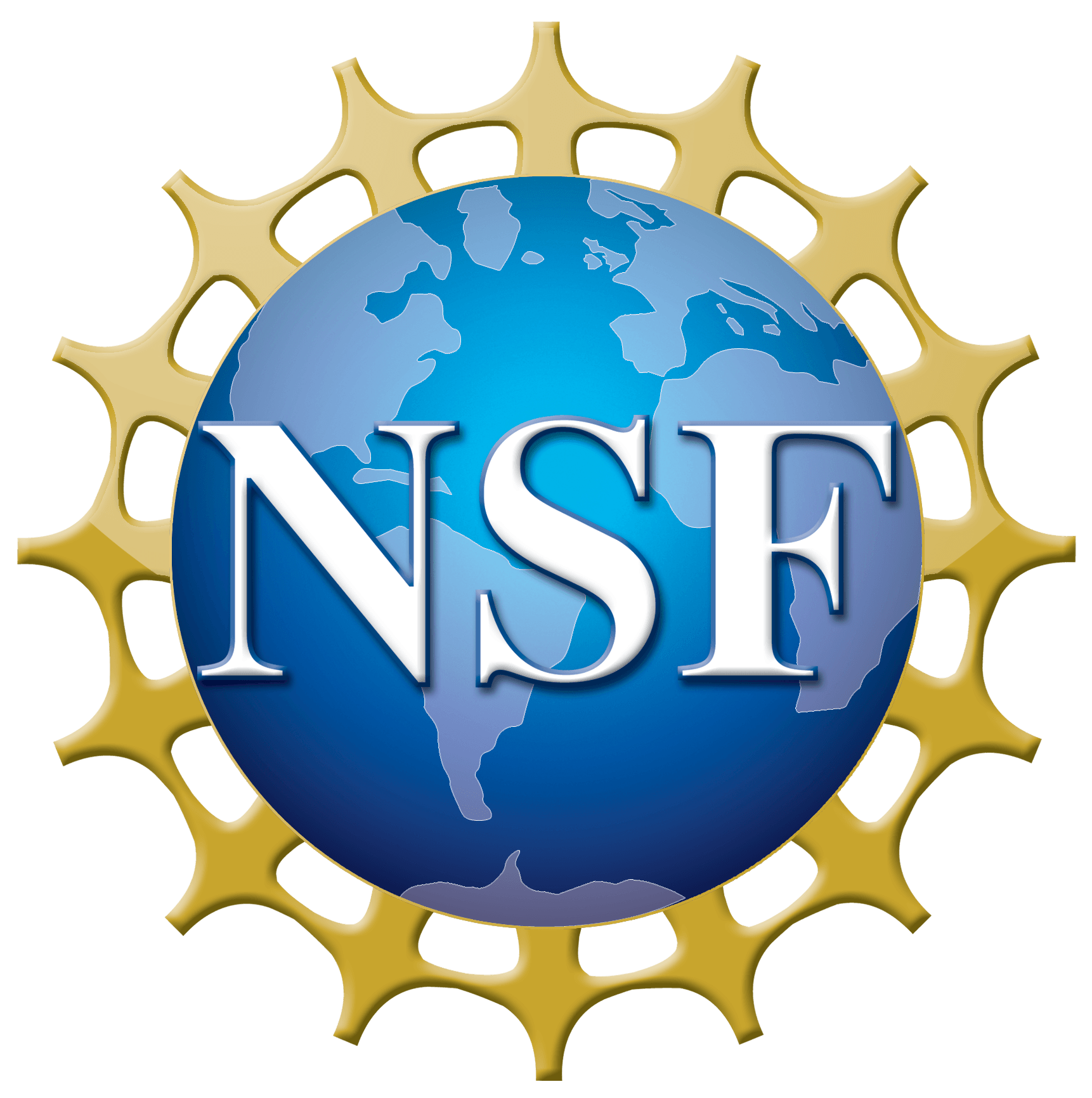Question: At CMB recombination (z=1090), what is the radial extent of the last scattering “shell”? a) Delta(z) = …….
Select :
AsteroidsBlack HolesCareers in AstronomyCelestial EventsCometsConstellationsCosmic DistancesCosmic Microwave BackgroundCosmologyExoplanetsGalaxiesGravity WavesHoaxesMoonPhysicsPlanetsRadio AstronomyScientific MethodSETISolar SystemSpace ProbesStarsSunTelescopesUnexplained Celestial Observations
Planck Satellite Measurements of the Cosmic Microwave Background
Question: The latest data on the cosmic microwave background seemed to strengthen the anomalous findings from the first map….
New Technologies to Detect Dark Energy?
Question: Are there any new technologies used to detect the existence of dark matter and if so what might…
How are Background Sources of Emission Extracted from Cosmic Microwave Background Measurements?
Question: How many kinds of foreground pollution [are there] in the CMB data, and how [does one] remove them…





